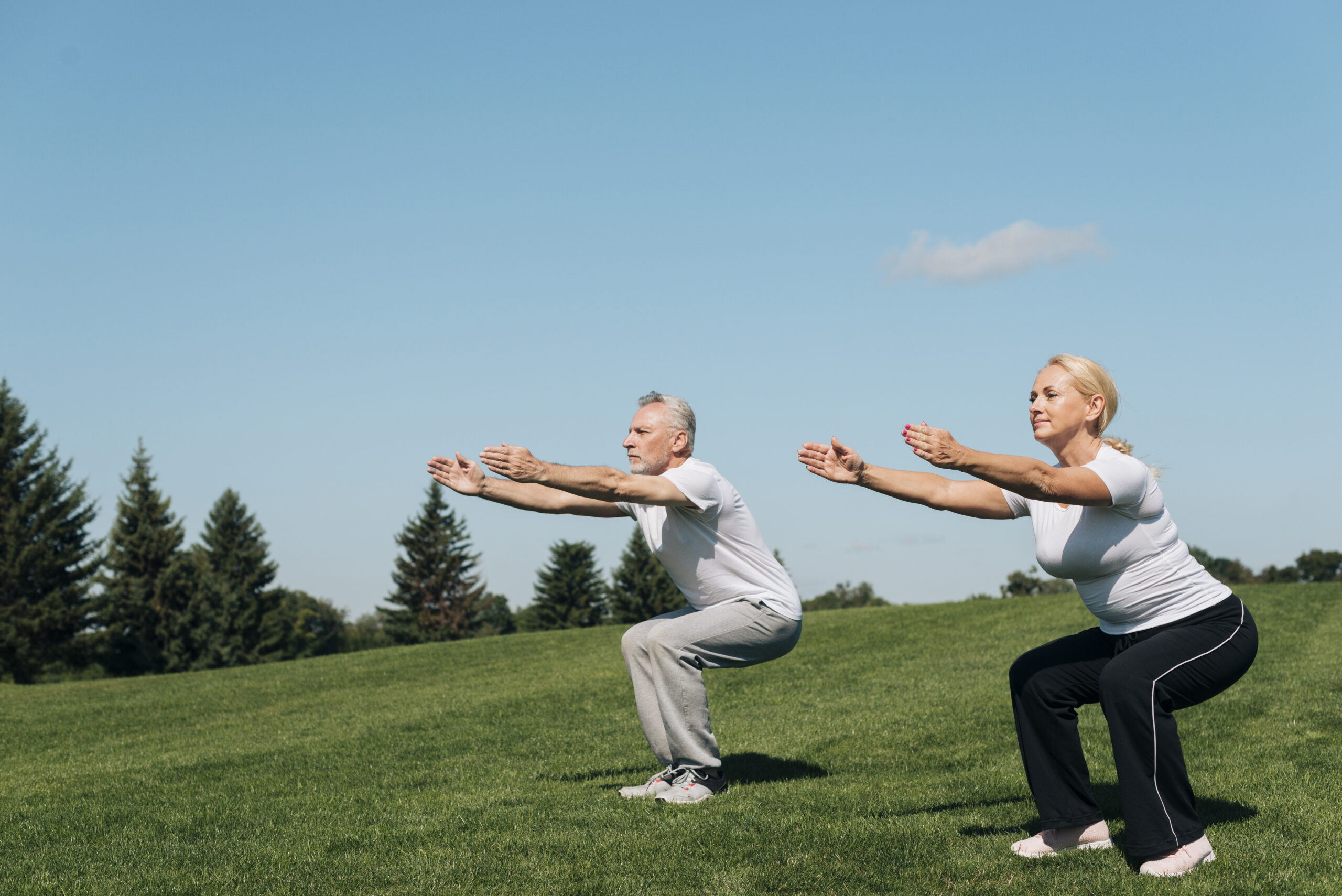
A recent study conducted at McMaster University in Hamilton and McGill University in Montreal has found that high-intensity interval training (HIIT) significantly improves stroke recovery in adults aged 40-80. The research, involving 82 predominantly white participants who had mild to minimal disability from a stroke approximately 1.8 years earlier, showed that HIIT doubled cardiorespiratory fitness levels compared to moderate-intensity exercise.
The study’s HIIT protocol consisted of 10 rounds of 1-minute high-intensity exercise intervals, each followed by a 1-minute low-intensity interval, totaling 19 minutes per session. Conducted between September 2018 and March 2024, the research included an 8-week follow-up period to assess long-term benefits.
After 20 weeks, participants in both cohorts increased their walking distance by an average of 18 meters. However, the HIIT group showed a remarkable improvement in cardiorespiratory fitness, with a clinically significant VO2 peak measurement of 1.71 mL/kg/min. In contrast, the moderate-intensity continuous training (MICT) group did not meet the clinically significant threshold, with a VO2 peak measurement of 0.67 mL/kg/min.
Ada Tang, PhD, senior study author and professor of rehabilitation science at McMaster University, emphasized the importance of cardiovascular and respiratory health in stroke recovery. “We can build strength, and we can give flexibility, and we can work on balance, but if you don’t have the heart capacity and the lung capacity to do things like walking and climbing stairs, then you are missing a big part of the puzzle,” said Tang.
Tang further elaborated on the findings: “What we found in our study was that HIIT resulted in much greater improvements in fitness levels compared to traditional moderate-intensity continuous exercise.” She also noted that HIIT could be a viable option for those looking to enhance their walking ability post-stroke: “If you want to try HIIT, you can do that — and either will improve walking.”
Published in the peer-reviewed journal Stroke, the official journal of the American Stroke Association, this study sheds new light on effective rehabilitation strategies for stroke survivors. With both HIIT and MICT showing positive impacts on walking distance, HIIT stands out for its superior benefits in enhancing overall fitness.
The research highlights the potential for incorporating more rigorous exercise routines into stroke rehabilitation programs, offering hope for improved recovery outcomes. As healthcare professionals continue to seek optimal methods for aiding stroke survivors, this study provides compelling evidence supporting the integration of high-intensity exercises.
Parts of this article has been sourced by Healthline and fact-checked by Jennifer Chesak, MSJ
Featured Image by freepik





Leave a Reply